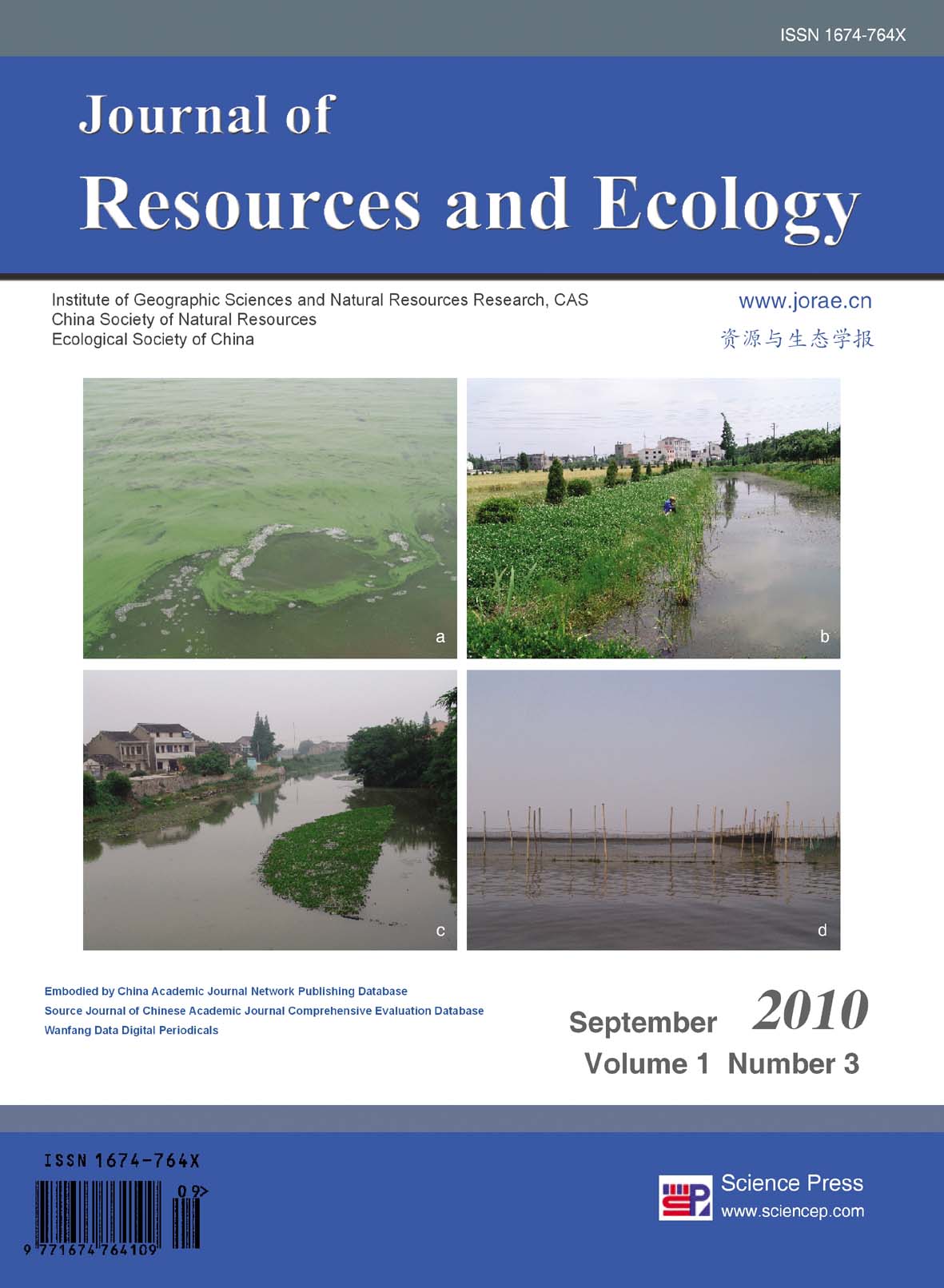Article
ZHANG Yi-Feng, Lan-Ting-Ting, Liu-Chun-La, Zhang-Hong-Ye
As the country’s political, economic and cultural center, with the advantage of strong capacity on integrated innovation, Beijing should set an example on achieving economic efficiency and ecological stability. Under this background, building the Capital Eco-economic Zones(CEEZ) in Beijing mountainous areas is the inevitable trend of scientific development. The geographical scope of CEEZ includes 7 mountainous districts, and the spatial structure is “two mountains, five rivers, seven organizing groups” based on the framework target of “one region, three bases, and one platform”. The formation of CEEZ has profound implications, especially for the optimization of capital mountain eco-environment construction during the transitional period from extensive development mode at the expense of resources to intensive and sustainable development mode based on ecosystem protection. In order to develop CEEZ, principles such as breaking the restriction of administrative boundaries and giving priorities to the development of ecological construction should be followed. The final goal in the next 10-15 years is to build the capital eco-industrial economic corridor, to expand its geographic scope, and to develop the eco-economic growth pole in northern China.
